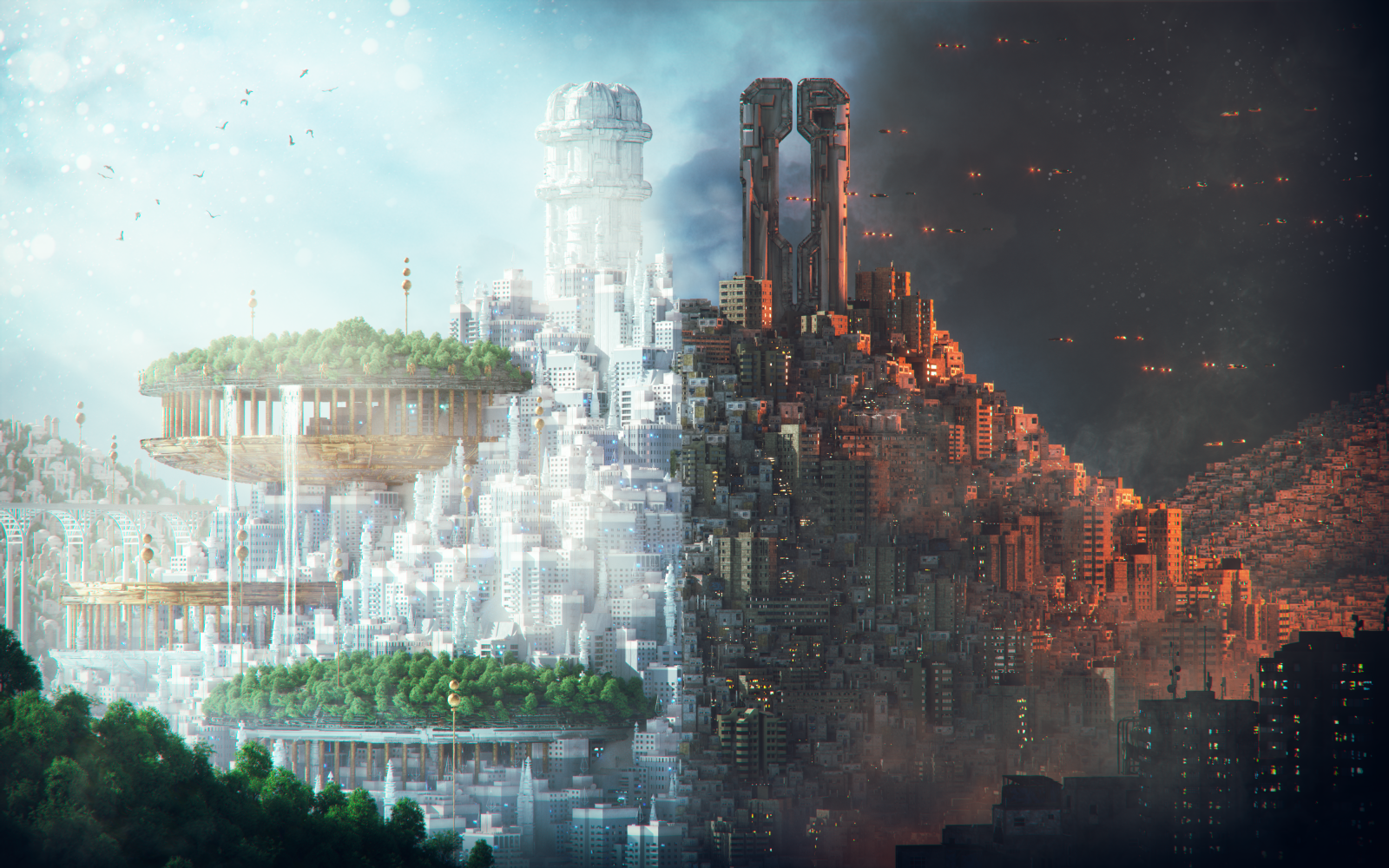Utopian and dystopian visions give deep representations of humanity’s desires and worries in the medium of art. These creative themes have resonated powerfully across millennia, both from the idealism of Utopia and the ominous fiction of Dystopia. They serve as an open canvas for artists to look at, critique, and envision society’s future. These opposing viewpoints provide valuable perspectives across numerous genres, ranging from literature and visual arts to cinema. They reflect our common aspirations for an ideal society as well as our concerns of an unfavorable one. The examination evolves into a discussion on technology, ethics, and human nature, forcing us to consider our future path. Understanding these creative representations becomes increasingly important as we navigate our continuously changing life.
Historical Context and Evolution
Utopian art was created historically as a response to society concerns, frequently as a form of critique or ambitiousness. The first representations of paradises or realms were discovered in religious and mythical contexts. Dystopian themes were popular with the industrial revolution and modernism, expressing concerns of victimization and loss of particularity.
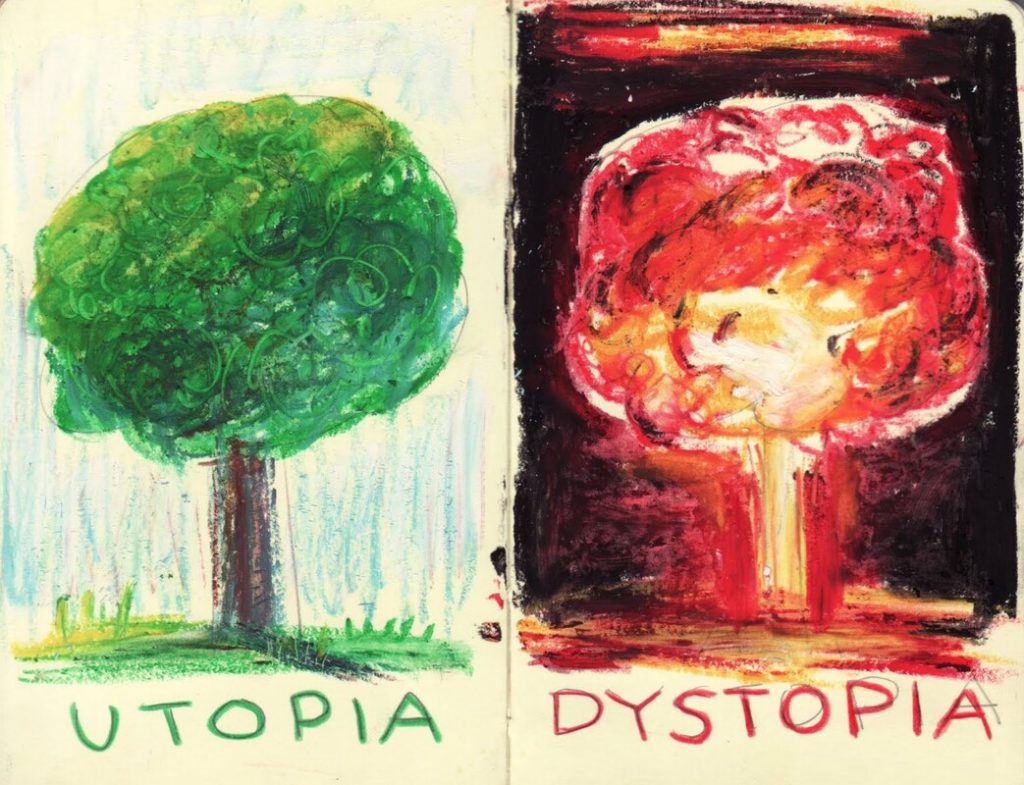
Literature as a Foundation
Literature has been a significant platform for referring to these kernels. Classics in the genre include Thomas More’s “Utopia,” Aldous Huxley’s “Brave New World,” and George Orwell’s “1984”. These books have impacted not just literary circles, but also visual artists, filmmakers, and playwrights.

Visual Arts and Interpretations
Both utopian and dystopian themes have been common in visual arts. Utopian art frequently depicts idyllic landscapes, peaceful civilizations, and modern technology that are in sync with nature. Dystopian art, on the other hand, usually depicts oppressive metropolitan settings, environmental deterioration, and a lack of any sort of personal connection.
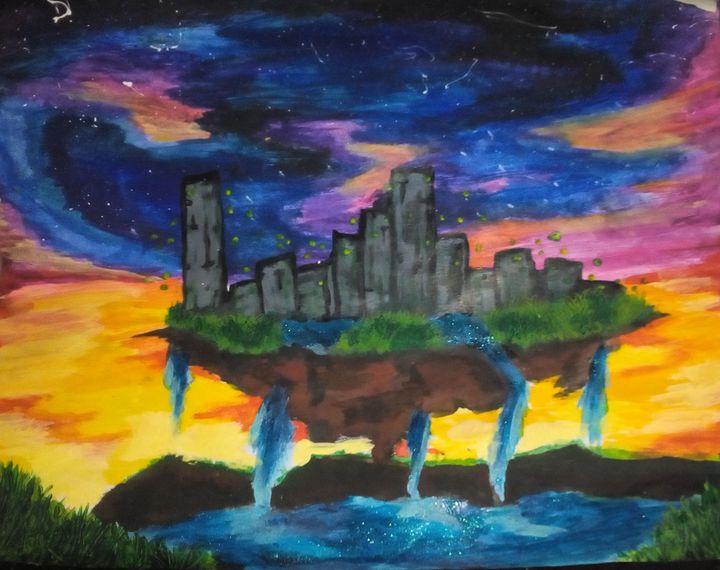
Cinema and Popular Culture
Film has played an important influence in popularizing these concepts. For their apocalyptic views, films such as “Metropolis” (1927) and “Blade Runner” (1982) have become famous. Meanwhile, utopian concepts are frequently addressed in science fiction, with depictions of sophisticated civilizations and harmonious communities such as those portrayed in “Star Trek”.
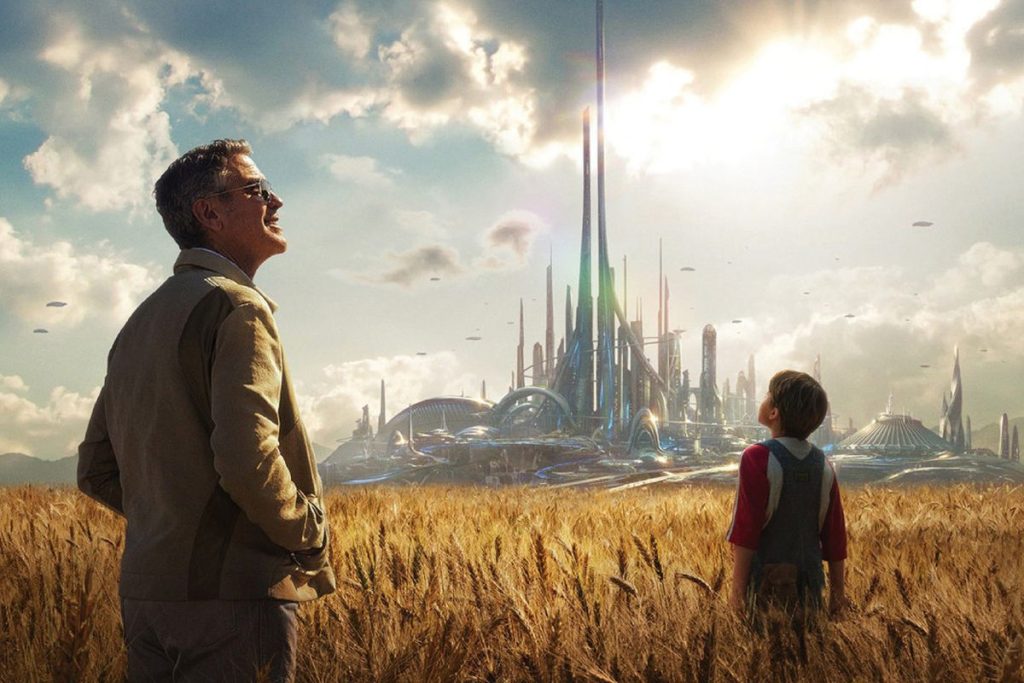
Philosophical and Ethical Considerations
These visual depictions frequently have profound philosophical and ethical repercussions. They raise concerns about the nature of human society, the role of technology, government, and personal freedoms. They encourage viewers to consider contemporary society modifications and the potential ramifications of our choices for the future.
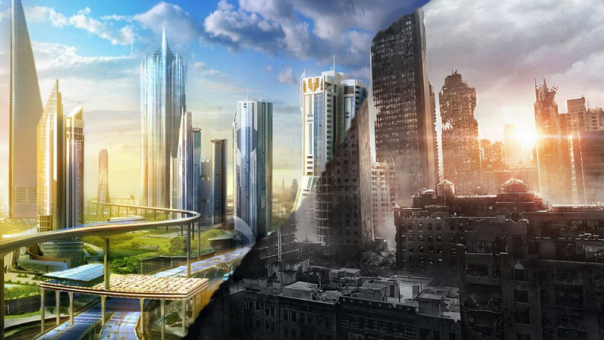
Contemporary Relevance
These motifs have expanded in contemporary art to address modern problems such as climate change, surveillance, and artificial intelligence. Banksy and Ai Weiwei have used dystopian aspects in their art to criticize current society and politics.
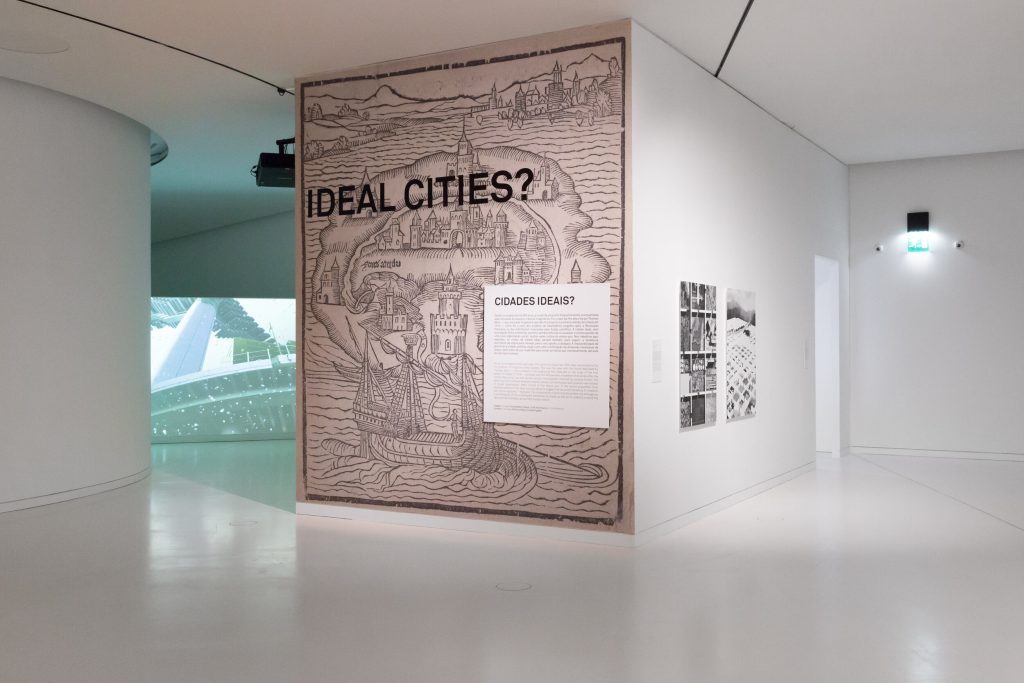
Ultimately creative portrayals of utopian and dystopian futures function as significant facial expressions of humanity’s collective wishes and anxiousness. These depictions, which span literature, visual arts, and film, urge us to consider the consequences of our society’s decisions and technological progress. They encourage us to think about the ethical elements of our acts as well as the various routes our society may follow. We acquire insight into the complexity of existence and the delicate balance between development and preservation via these creative glasses. Finally, these artistic explorations not only entertain and encourage thinking, but also inspire a better awareness of our potentially optimistic and cautionary futures. They highlight the importance of art in changing and illuminating our view of the world, encouraging us to consider the sort of future we want to build.

